June and symptoms surprisingly still appearing
In the past week, to my surprise, I witnessed an infected area of Candidatus Liberibacter transmitted by tomato/potato psyllid (TPP). This particular tomato crop had minimal whitefly, actually, I don’t recall seeing one adult whitefly. It illustrates that even if you don’t have pest populations, within your crop, you may still have some rogue psyllids lurking. The area, with the infected plants, was located within approximately 100 m2, in total around fifteen plants were affected. I have no idea if this was the work of a lone ranger or several psyllids. What was intriguing was that it had not appeared to have spread to any other parts of the greenhouse.
I remember, from my own experience, how frustrating it is when Psyllid Yellows are identified. In April, six years ago, this happened to a crop of tomatoes I had recently started harvesting. I had no idea how many plants were infected and more importantly how many would show signs of contamination in the coming weeks or months. Fearful thoughts of “could this terminate my crop” reverberated in my head. I lost nearly two percent of my crop, over the following two months, as the yellows began to express themselves. I was very fortunate (extremely lucky) as I was able to fill the holes of my tomato crop with laterals from neighbouring non-infected plants. Just like the crop last week I remember not having a single issue with whitefly. In the past I have seen two unrelated crops totally annihilated by psyllids, so I am very aware of the stress grower’s face, it is no joke and incomes are put at risk. I felt a sense of helplessness and was totally at the mercy of what I refer to as the ‘invisible invader’. I expect Psyllids to be an issue that will continue to cause future production losses, but am hopeful that work being undertaken, around the country, will certainly help reduce the external populations of this invisible plant destroyer!
The grower will need to keep a keen eye on this area over the next few weeks to identify any further plants showing symptoms. Unfortunately, despite being ‘whitefly free’, they will need to spray for Psyllids as a precaution even though they are probably long since deceased. I suspect the plants were infected six or so weeks ago, but just in case there is a possibility of another generation of psyllids present, I highly recommend to apply a product to protect the healthy non infected plants.
Along with whitefly I have found the Psyllid to be the toughest and most unpleasant pain in my backside to deal with. Whilst it can be dealt with currently, it does mean using beneficial insects such as Encarsia as discussed in another article, are less likely.
There were no Psyllid ‘sugar’ patches visible. There is no evidence except for the infected plants that the pest had even been there. This is a reassuring sign that TPP is currently not present in the greenhouse but precaution should be taken.
I appreciate your comments. Please feel free to comment below or on the grower2grower Facebook page:
https://www.facebook.com/StefanGrower2grower/
Article Written by Stefan Vogrincic, Consultant, Grower2Grower
Article Edited by Marie Vogrincic, Editor, Grower2Grower


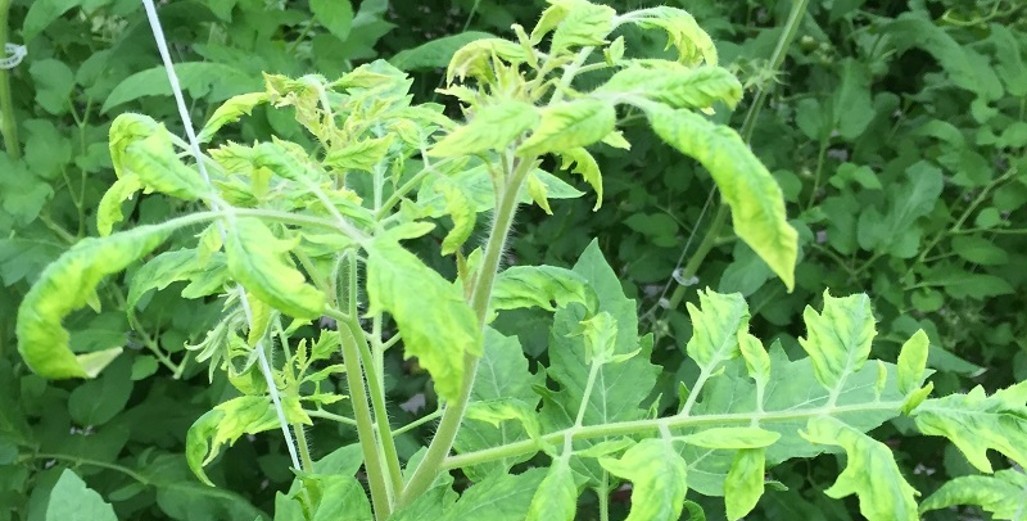

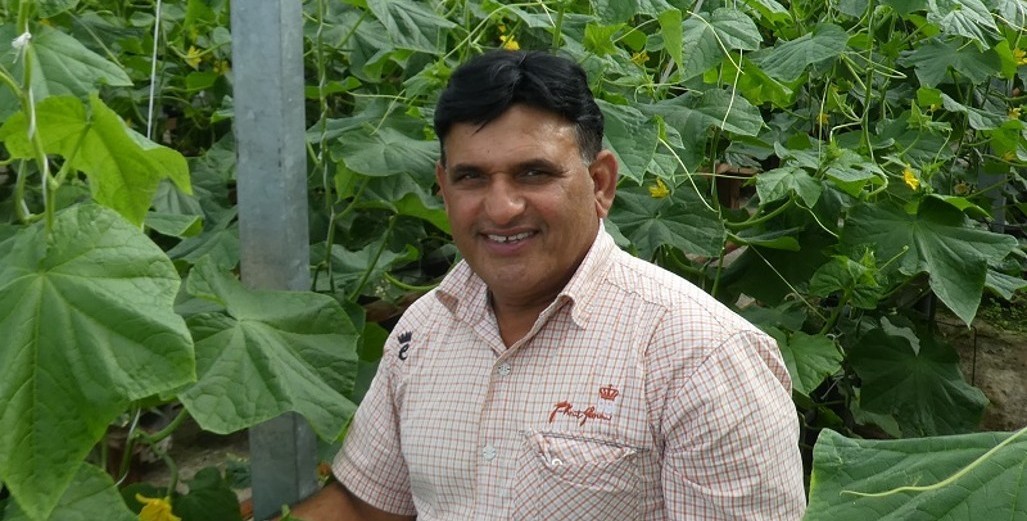
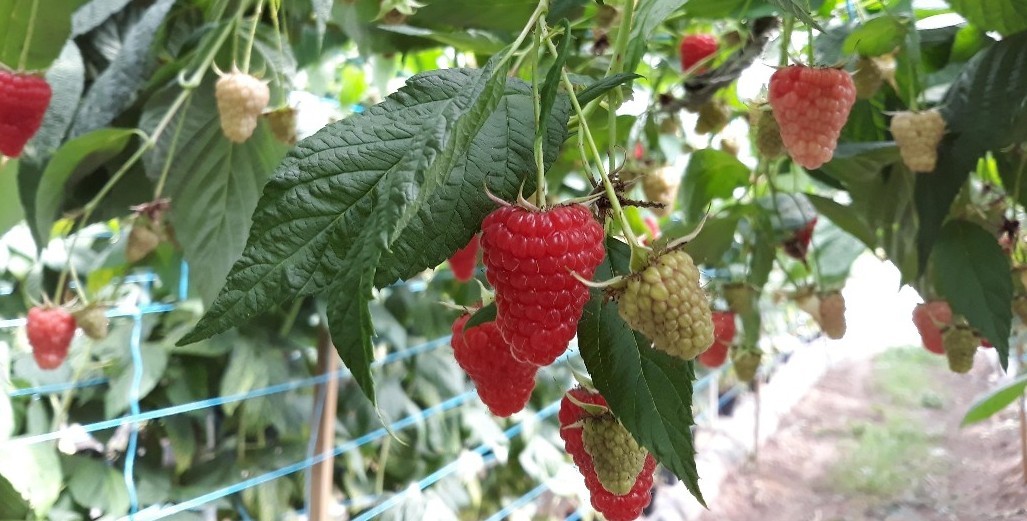
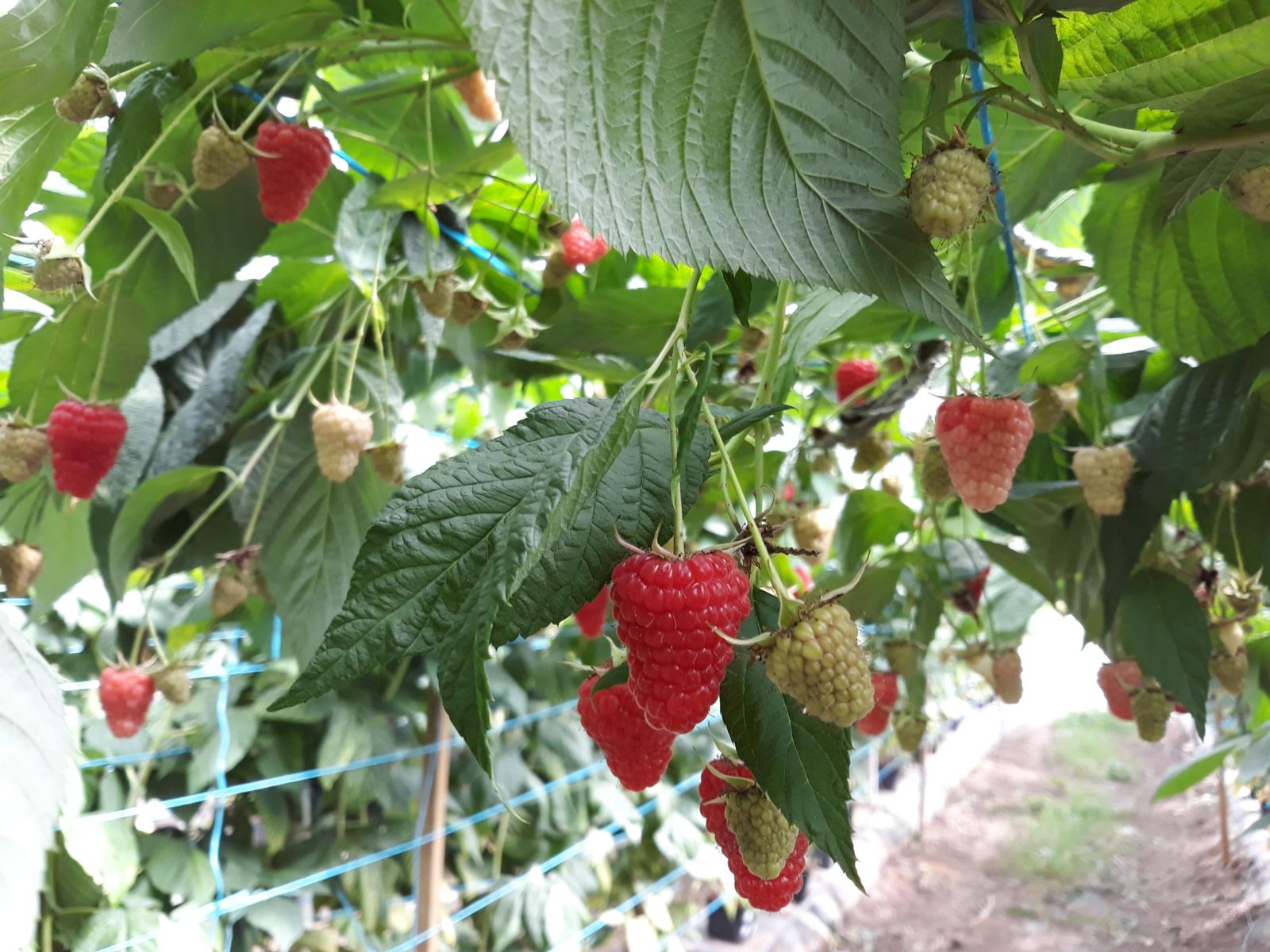


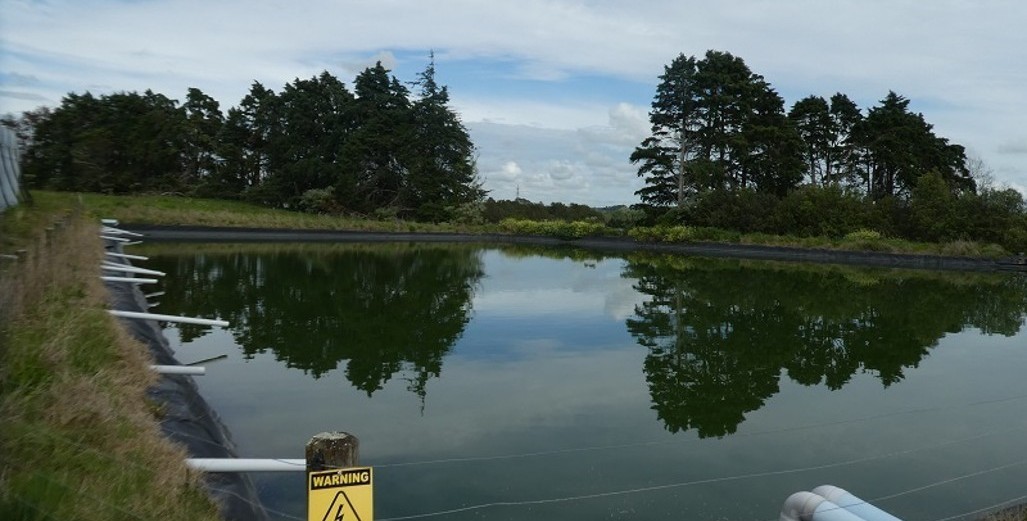




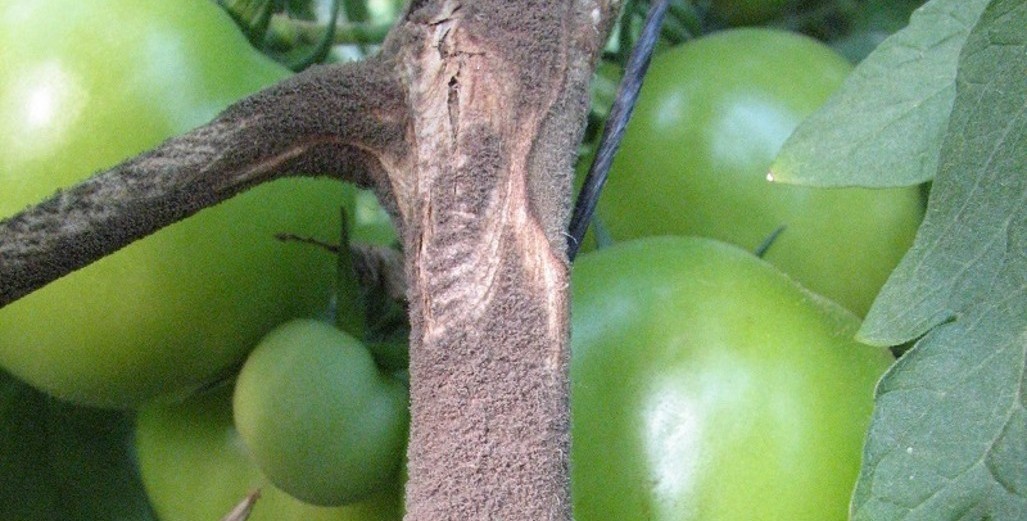
.jpg)
.jpg)
.jpg)

